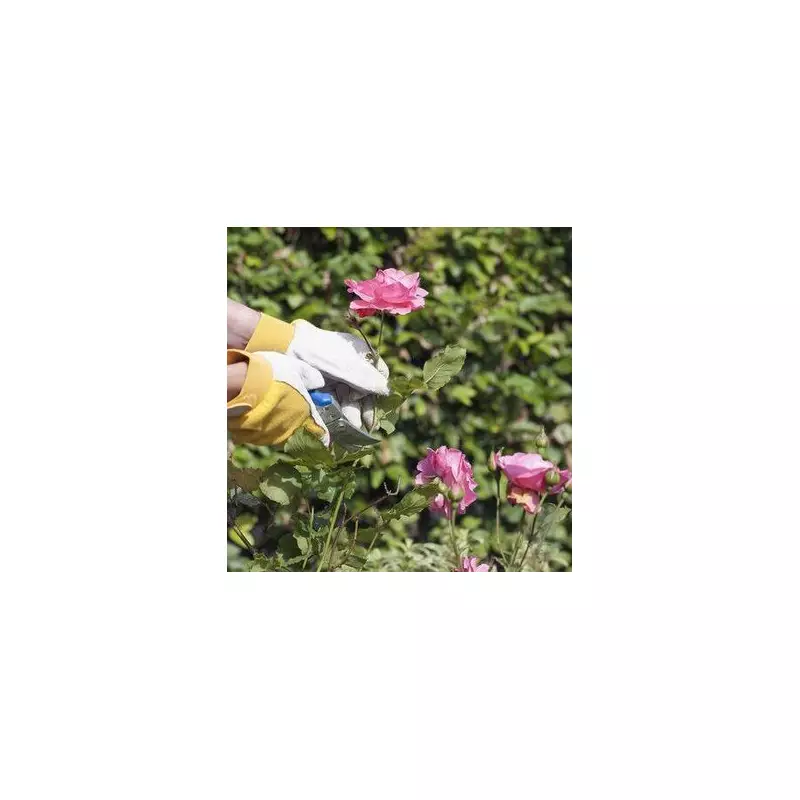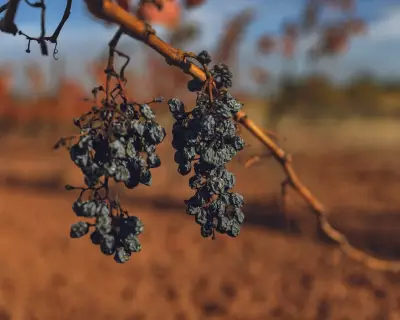
August presents a golden opportunity for UK gardeners to wield their secateurs with purpose. While many are enjoying the last of the summer blooms, experts are urging a proactive approach to pruning three specific plants this month to guarantee a healthier, more spectacular garden in the seasons to come.
This strategic cutback is not just about tidiness; it's a crucial horticultural practice that encourages robust new growth, improves air circulation to ward off disease, and directs the plant's energy into producing a breathtaking display of flowers next year. Missing this narrow window could mean a lacklustre performance from your garden favourites.
The Essential August Pruning List
Focus your efforts on these three key plants for maximum impact:
1. Lavender (Lavandula)
After its beautiful purple flowering, lavender can become woody and straggly if left untouched. A timely prune now is essential to maintain its compact, silvery mound shape.
How to do it: Never cut back into the old wood, as it may not regenerate. Instead, use sharp secateurs or shears to remove the spent flower stalks and about an inch of the current year's soft growth, following the plant's natural contour. This prevents the plant from splitting open in winter and promotes a fresh flush of foliage.
2. Wisteria
This vigorous climber requires a summer prune to control its growth and encourage the development of flower buds for next spring's magnificent hanging racemes.
How to do it: Locate the long, whippy shoots that have grown this season. Carefully cut these back to about five or six leaves from the main branch or stem. This dramatic haircut tells the plant to stop putting energy into leafy growth and start forming those precious flower buds instead.
3. Early-Flowering Hydrangeas (e.g., Hydrangea macrophylla, Mophead & Lacecap)
These beloved shrubs flower on last year's growth. Pruning them too late risks cutting off the developing buds for next year. August is the perfect time, as they have just finished blooming.
How to do it: First, deadhead the old, faded flowers by cutting the stem back to a pair of strong, healthy buds. Then, remove about a quarter of the oldest stems right down to the base to rejuvenate the plant and improve its overall shape and vitality.
Why August is the Prime Time for Pruning
Pruning in late summer offers distinct advantages. The plants have finished their most active growth phase, so a trim won't encourage tender new shoots that could be damaged by early frosts. Furthermore, wounds heal quickly in the warm weather, reducing the risk of disease entering the cuts. It’s a simple task that yields immense rewards, setting your garden up for a triumphant return after winter.





